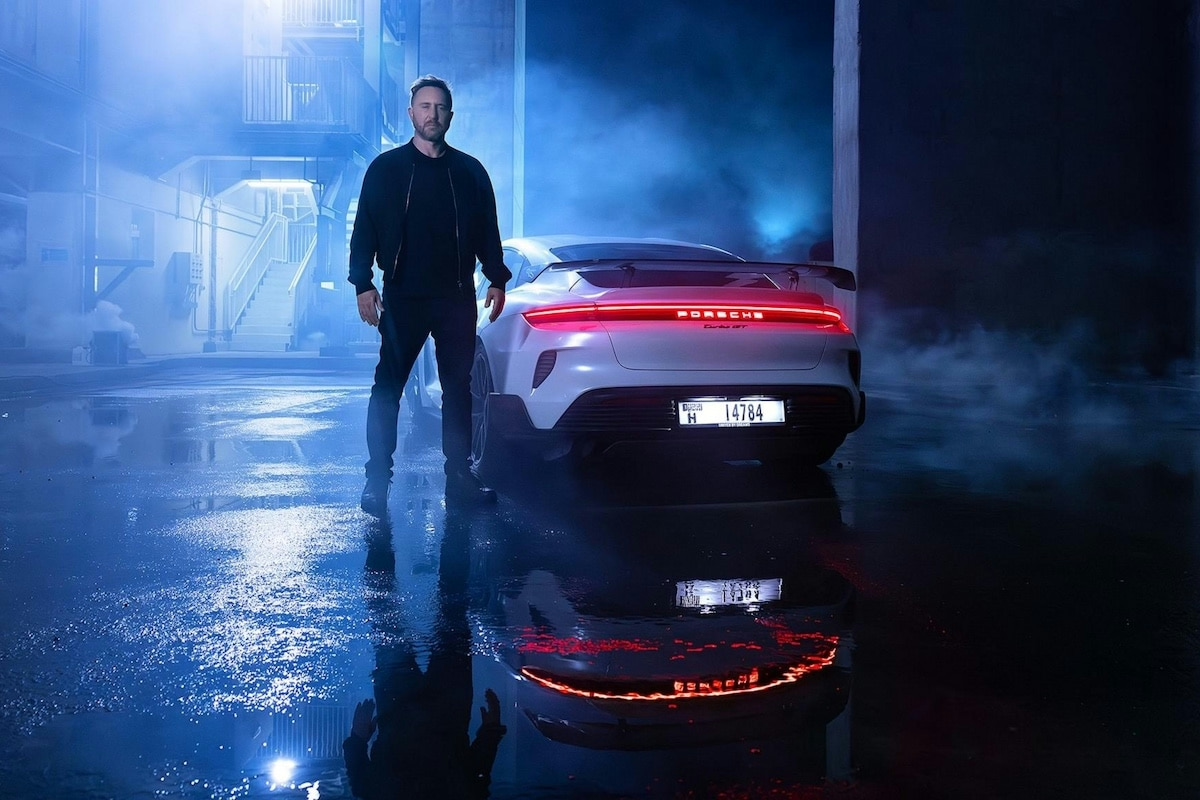Wouldn’t it be smart to impose the same noise on all electric cars?

Electric cars, more so for their silent operation than for their noise, challenge our auditory references.
To prevent risks associated with their discretion, regulations now require all cars to emit a certain sound between 0 and 20 km/h. This is no problem when there’s a combustion engine under the hood, but all new approved electric or hybrid vehicles that do not reach the minimum sound level must be equipped with sound warning devices or AVAS (Acoustic Vehicle Audible System) to simulate the same sound level as a thermal vehicle.
A standardized sound volume of 56 to 75 decibels must vary depending on the vehicle’s accelerations, but each manufacturer remains free to create its own sound. The result is a cacophony of buzzing, whistling, or futuristic rumbling that is difficult for pedestrians to identify. While it’s understandable that the sound of a V12 Ferrari or a BMW inline-six is glorified, an electric vehicle has no vocation to enchant the ears.
Noises can save, but they can also disrupt
Renault, for example, has partnered with Jean-Michel Jarre to design an external sound ambiance intended to reflect the identity of electric models. Unfortunately, the result sometimes borders on the unbearable, with unnatural and disturbing synthetic layers. Too bad, because the Zoe, launched long before these experiments, remains one of the easiest vehicles to recognize by ear. Its “song,” somewhere between a vibration and a whistle, is immediately identifiable without being aggressive. A particularly successful auditory signature that has sadly become synonymous with fines due to the use of the Zoe as a ticketing vehicle!
It should be kept in mind that AVAS is exclusively intended for the outside. From the cabin, it is barely audible, ensuring passenger comfort. Manufacturers are therefore completely free to create the internal sound ambiance they wish. Some prioritize absolute silence, while others play simulated engine sounds or even musical atmospheres to enhance the driving emotion. A Porsche Taycan, for instance, emits an incredible cabin noise that provides a true sense of power. But what a job it took to get there!
So wouldn’t it be wiser to impose a single sound for all electric cars? A standardized, simple sound, immediately recognizable like a jingle. This would improve safety for pedestrians, particularly the most vulnerable, and would make our streets more coherent auditorily.
At a time when cities are seeking to become safer and more readable, a universal sound signal for electric vehicles seems not only reasonable but desirable. The creativity of brands could continue to be expressed in the cabin, but on public roads, it’s better to be understood than noticed.
This page is translated from the original post "Ne serait-il pas intelligent d’imposer le même bruit à toutes les voitures électriques ?" in French.
We also suggestthese articles:
Also read





